IAMBIC creates AI-tailored footwear designed for natural movement. Each pair begins with a smartphone scan and comfort profile. The proprietary Fit Engine analyzes more than 20 biometric data points to design a digital last unique to you.
Handcrafted in Portugal from full-grain Italian leather, each shoe merges European craftsmanship with advanced biomechanics. Recognized as a TIME Best Invention, IAMBIC unites science, design, and movement into one form where comfort meets precision.
Not ready to order? Take the Fit Guide Quiz to explore your precision fit.
When E width still feels tight
You’ve been through the fitting process. Tried the E width. Maybe even the EEE. The salesperson said this would solve everything.
Yet by midday, your feet still feel compressed. The forefoot squeeze persists. Pressure along the outer edge remains.
Width is only one part of fit. Your foot also has volume, instep height, arch placement, and pressure patterns that lettered sizing cannot capture.
Brands such as Allen Edmonds offer multiple widths and quality craftsmanship, but standardized lasts are still built on proportional scaling that rarely matches real human geometry.
Your foot does not scale proportionally.
The geometry problem hiding in plain sight
When brands add width, they usually scale the entire last equally—length, height, and volume. Real feet rarely follow these ratios.
Common variations include:
- Wide forefoot with standard heel
- Extra volume without additional width
- High instep paired with narrow ankle
- Pressure zones that need targeted relief
Research by Dr. Hylton Menz at La Trobe University shows that discomfort persists even in “correctly sized” shoes because traditional sizing captures only two dimensions of a three-dimensional structure. Learn more about the geometry of comfort.
Why even EEE width leaves gaps
Wider options still assume proportional shape. If your foot differs (and most do), you end up compensating for the mismatch.
- Forefoot spreads more than the last allows
- Outer edge lacks space while heel slips
- Instep pressure increases despite width
- Heel remains loose even as front compresses
Instead of solving the issue, more width shifts the discomfort to another area.
Partial fixes that don’t address geometry
Stretching leather provides temporary relief before tension returns. Orthotics help redistribute pressure but often reduce internal space. Going up a size leads to heel slip or tripping. Even elastic laces or alternate lacing patterns cannot correct structural mismatches.
Each approach treats symptoms rather than the root cause: your unique geometry. Read why standard sizing falls short.
What actually works: Mapping your true geometry
IAMBIC begins by mapping your complete 3D geometry through a smartphone scan. Beyond width and length, it measures:
- Volume distribution
- Arch placement and height
- Pressure zones under load
- Heel-to-forefoot proportion
- Asymmetry between feet
This data powers a digital last built exclusively for you. Instead of adjusting a standard last, IAMBIC crafts from your scan.
The result: footwear that matches your structure, not the other way around. Explore IAMBIC technology.

The reality of mixed-width feet
The most common pattern is a wide forefoot with a narrow heel. Standard systems cannot handle mixed geometry, so going wider often creates looseness in the back and tightness in the front.
3D scanning identifies these asymmetries immediately—high instep, narrow ankle, uneven arch loading. These are natural variations, not defects, and they require precise modeling rather than general scaling.
When shoes are built from scan data, each zone receives exactly the space it needs. See how one executive solved mixed-width challenges.
When custom geometry makes sense
If you consistently experience:
- Pressure points despite correct sizing
- Need to remove shoes during the day
- Numbness or tingling from compression
- Marks or indentations after wear
- Constant trade-offs between tightness and heel slip
These are signs of geometry mismatch. Standard systems cannot resolve them. Discover the Precision Fit Program.
The path forward
Stop searching for comfort within lettered widths. 3D scanning and custom geometry eliminate the compromises of standard sizing, allowing the shoe to fit your anatomy exactly.
The investment is not just in comfort but in energy, focus, and long-term balance. If your foot shape falls outside standard proportions, it is not about trying wider—it is about finding precision.
Not ready to order? Take the Fit Guide Quiz for personalized fit guidance.
FAQs
What if E or EEE widths still feel tight?
Width alone does not define fit. Volume, instep height, and arch structure also affect comfort. A 3D scan through IAMBIC reveals the complete geometry for accurate fit design.
Why do wide shoes still cause discomfort?
Because proportional scaling increases all dimensions evenly. Feet vary independently, which creates pressure zones and looseness at once. IAMBIC’s model builds from your individual data instead.
How long does it take to receive IAMBIC shoes?
After completing your scan and comfort profile, your handcrafted pair ships in approximately 4 to 6 weeks. Learn more on the MODEL T page.

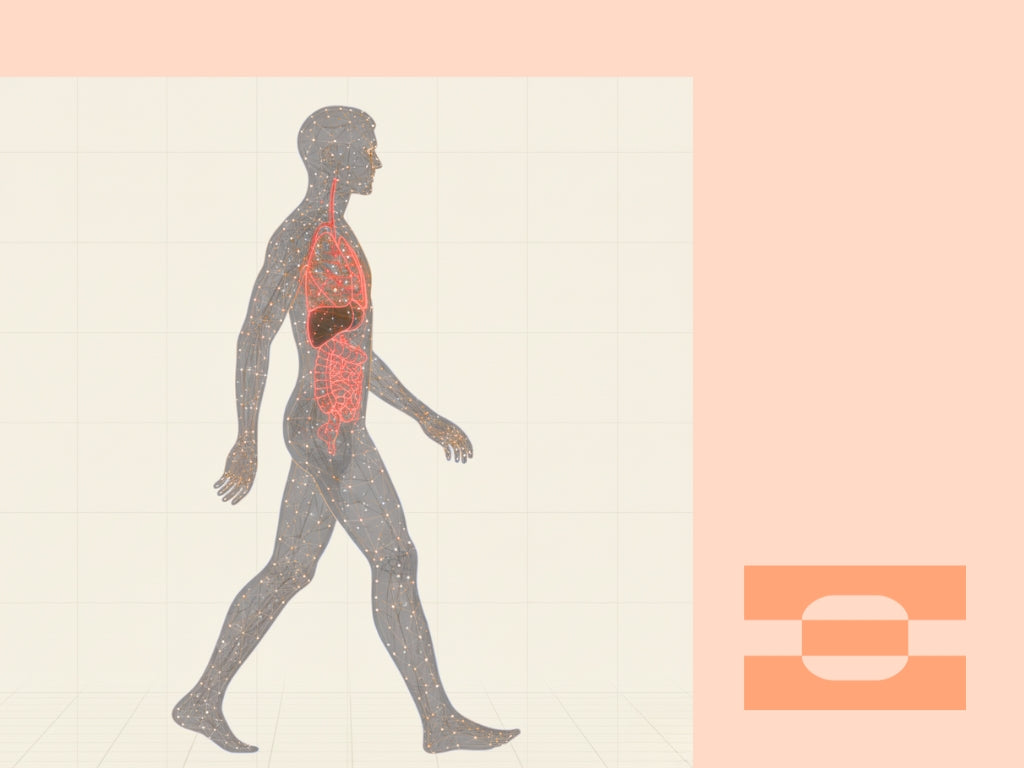
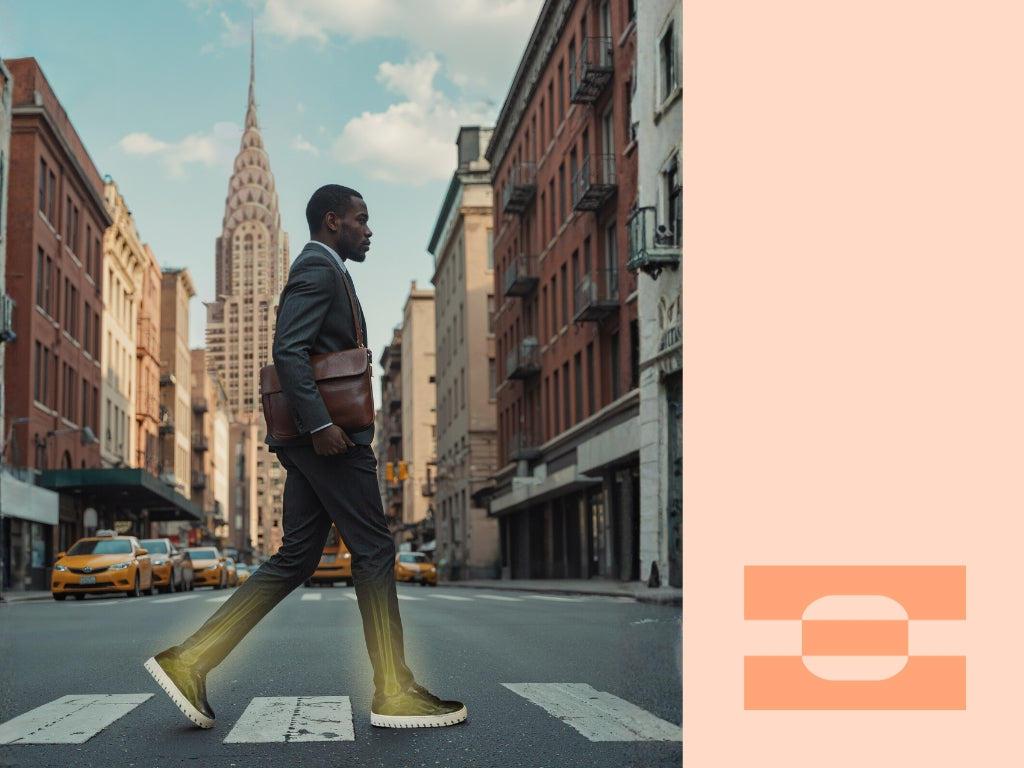


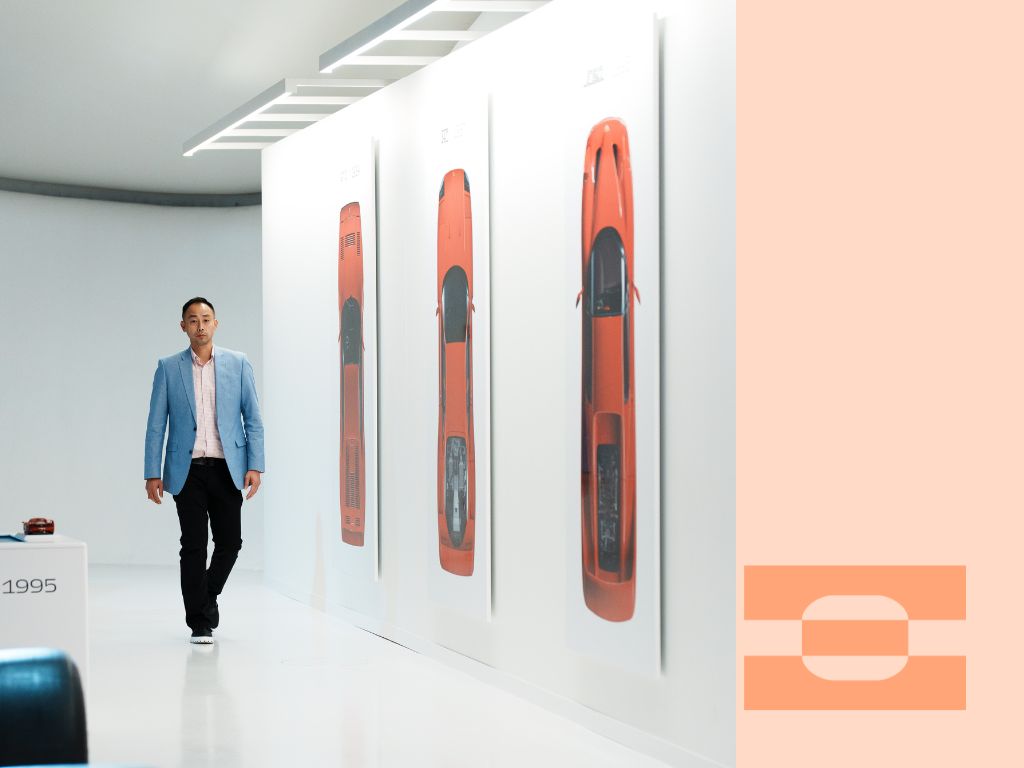
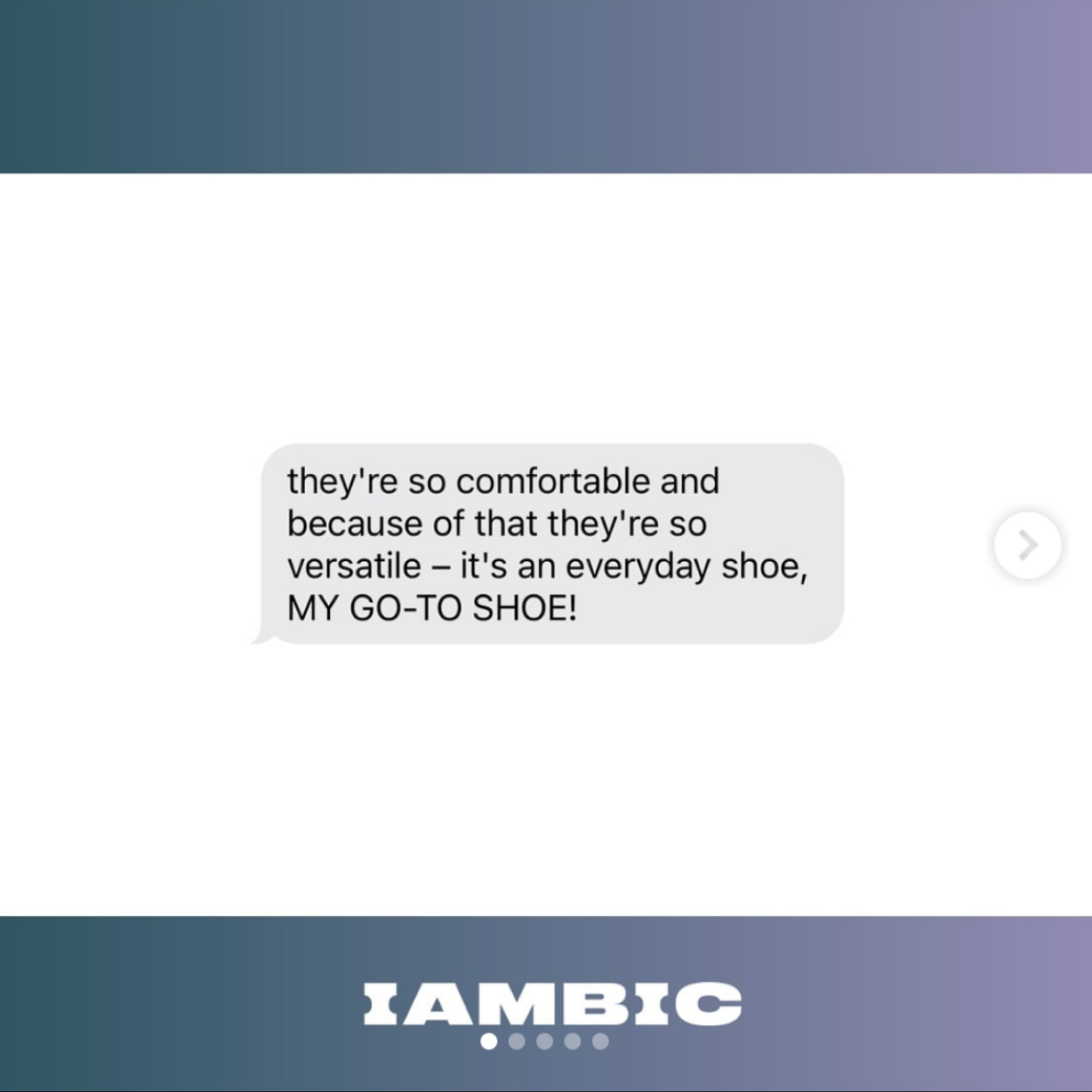
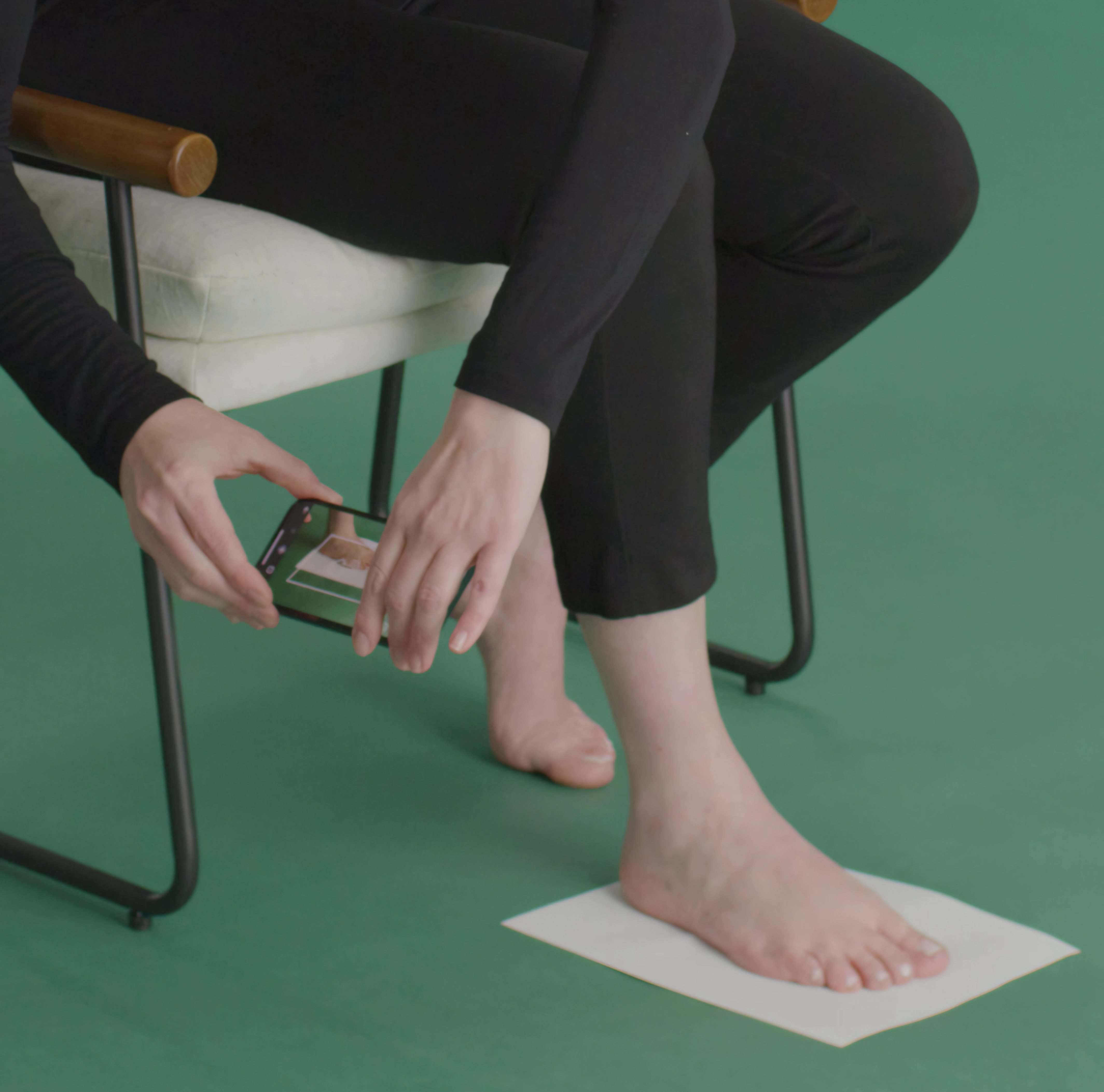
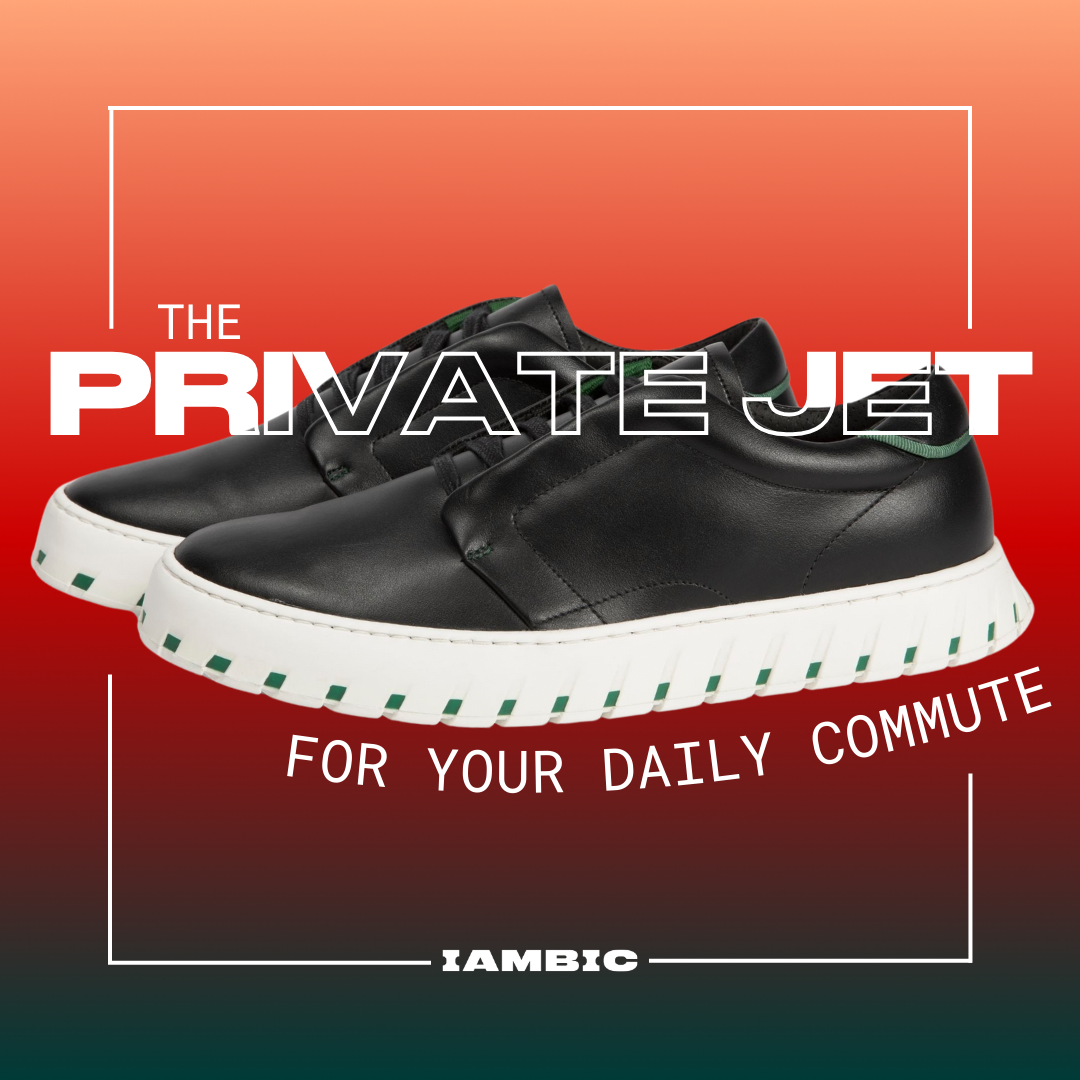
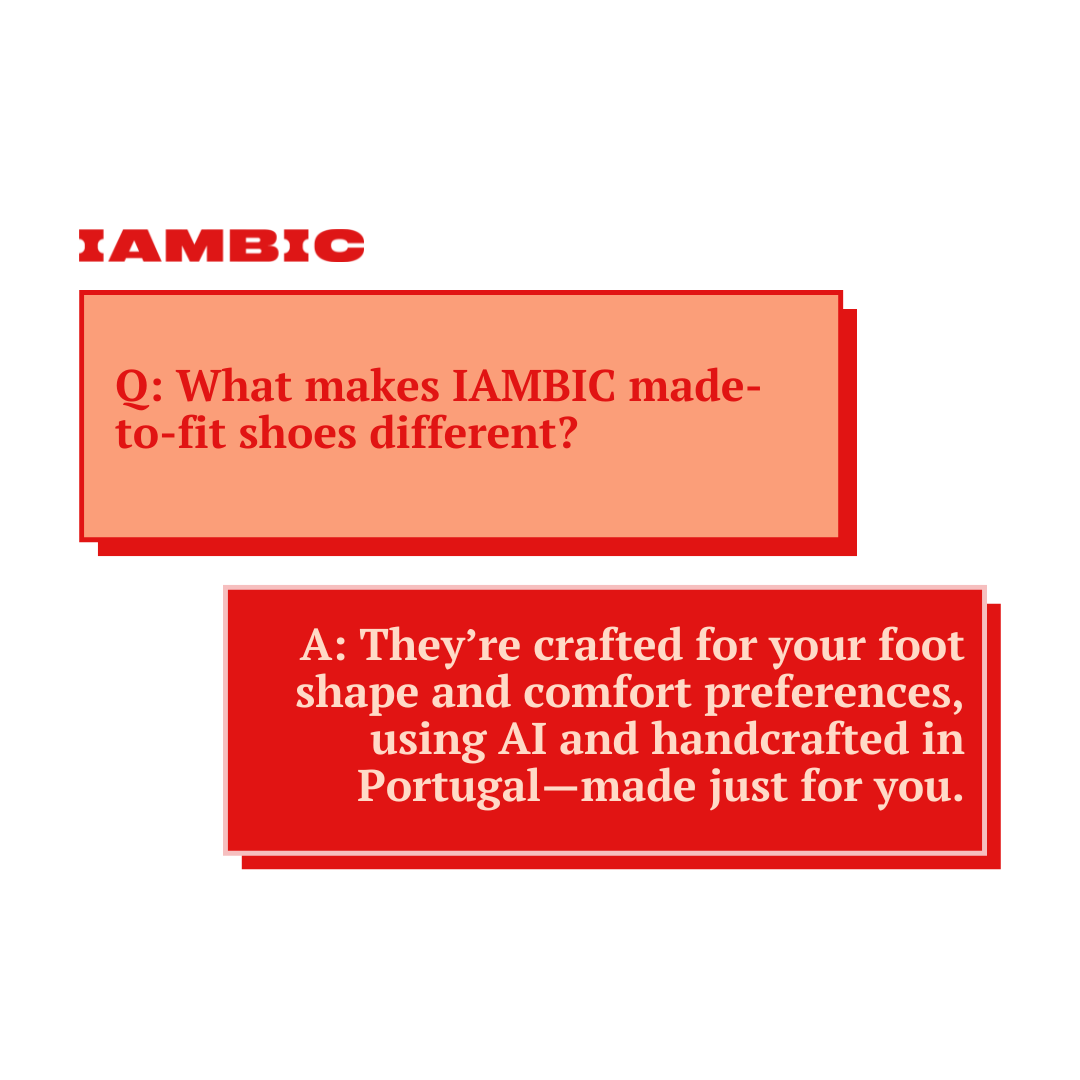
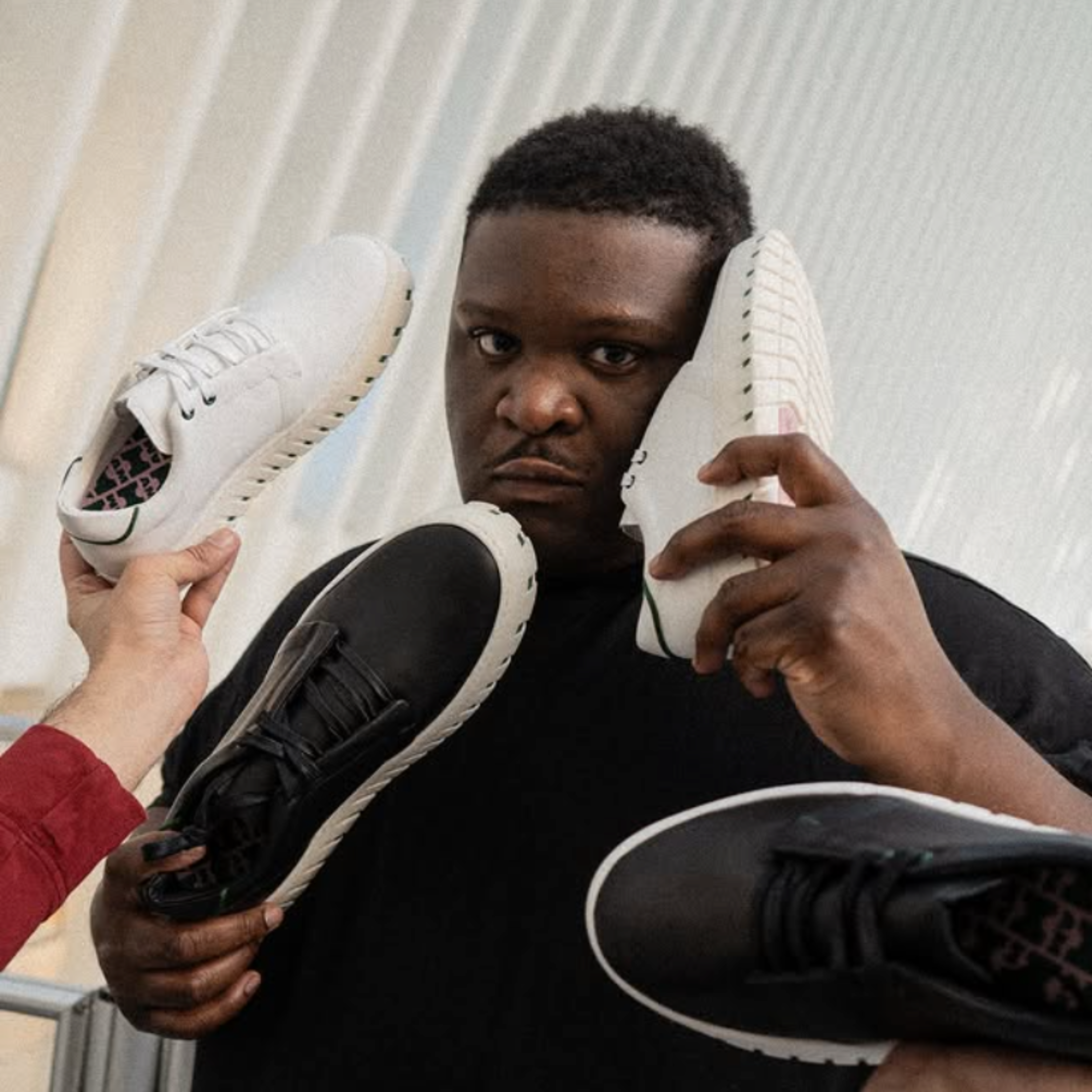

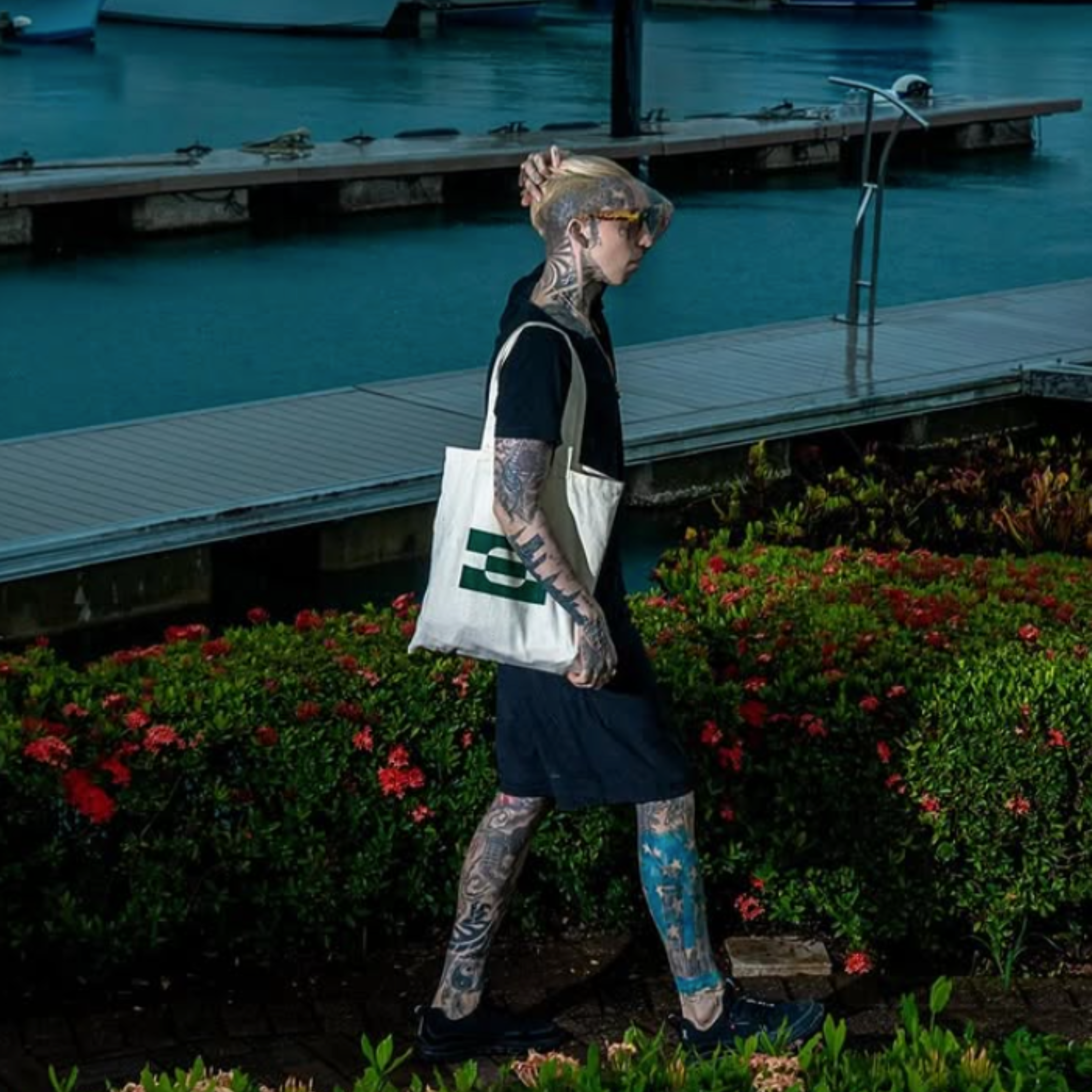
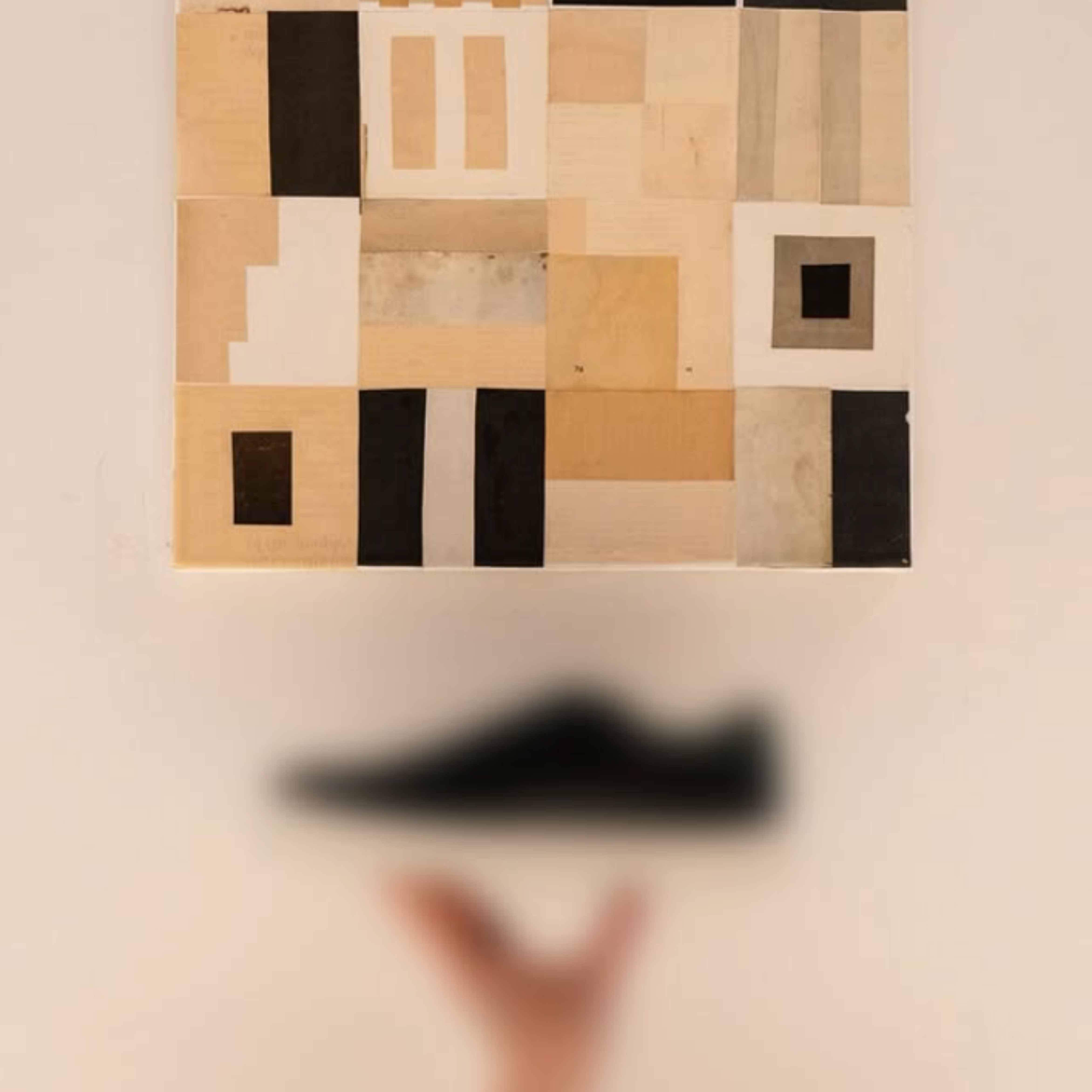
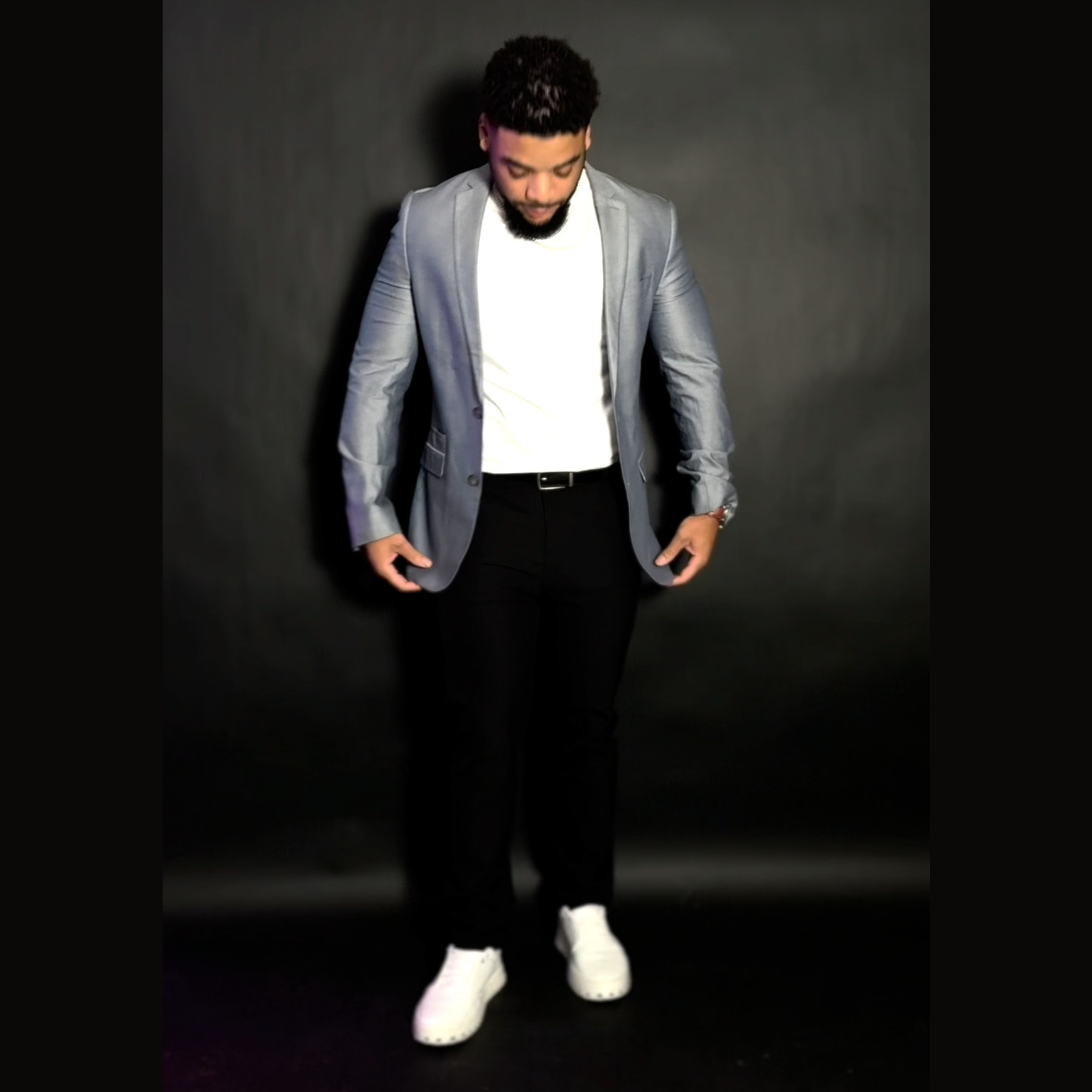
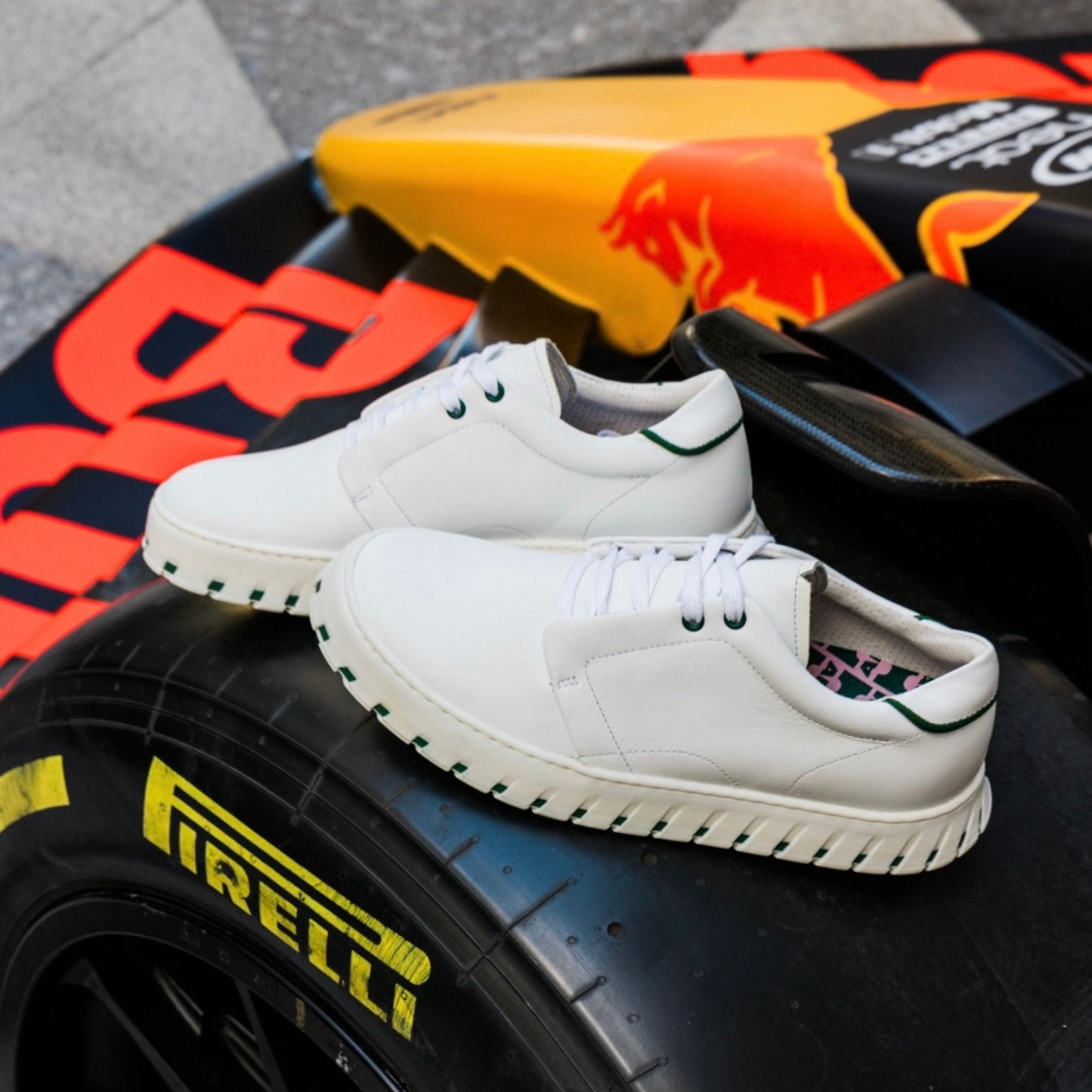

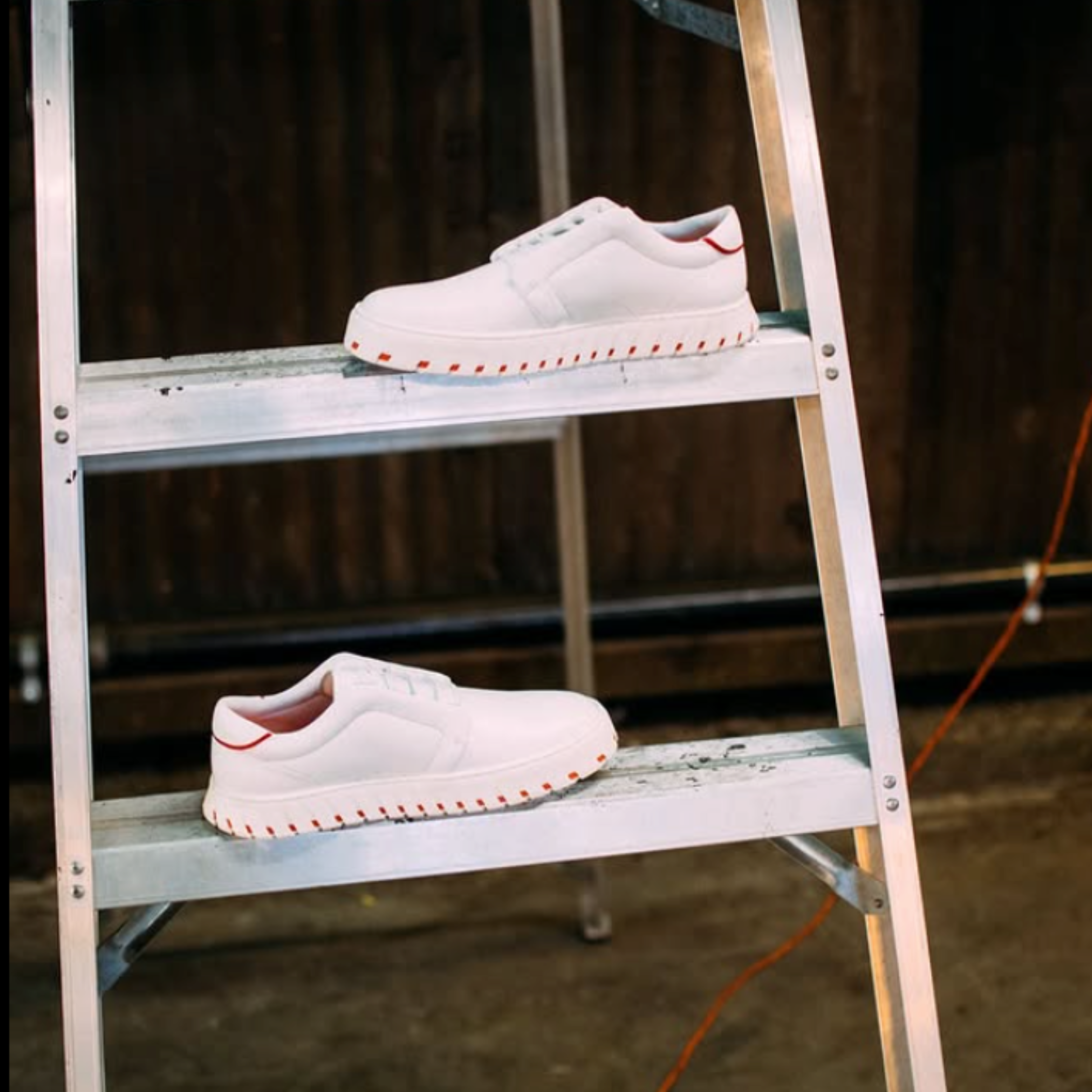
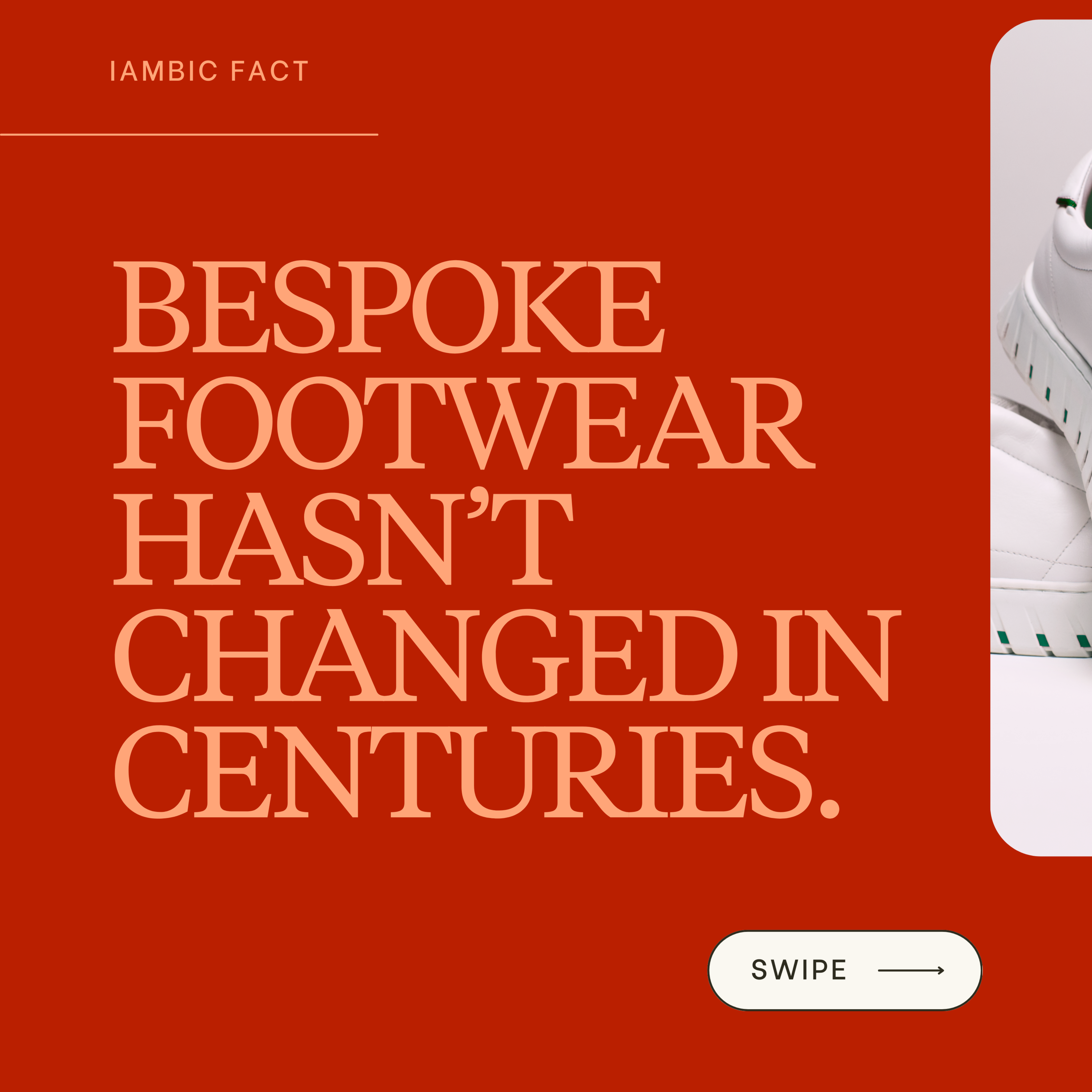

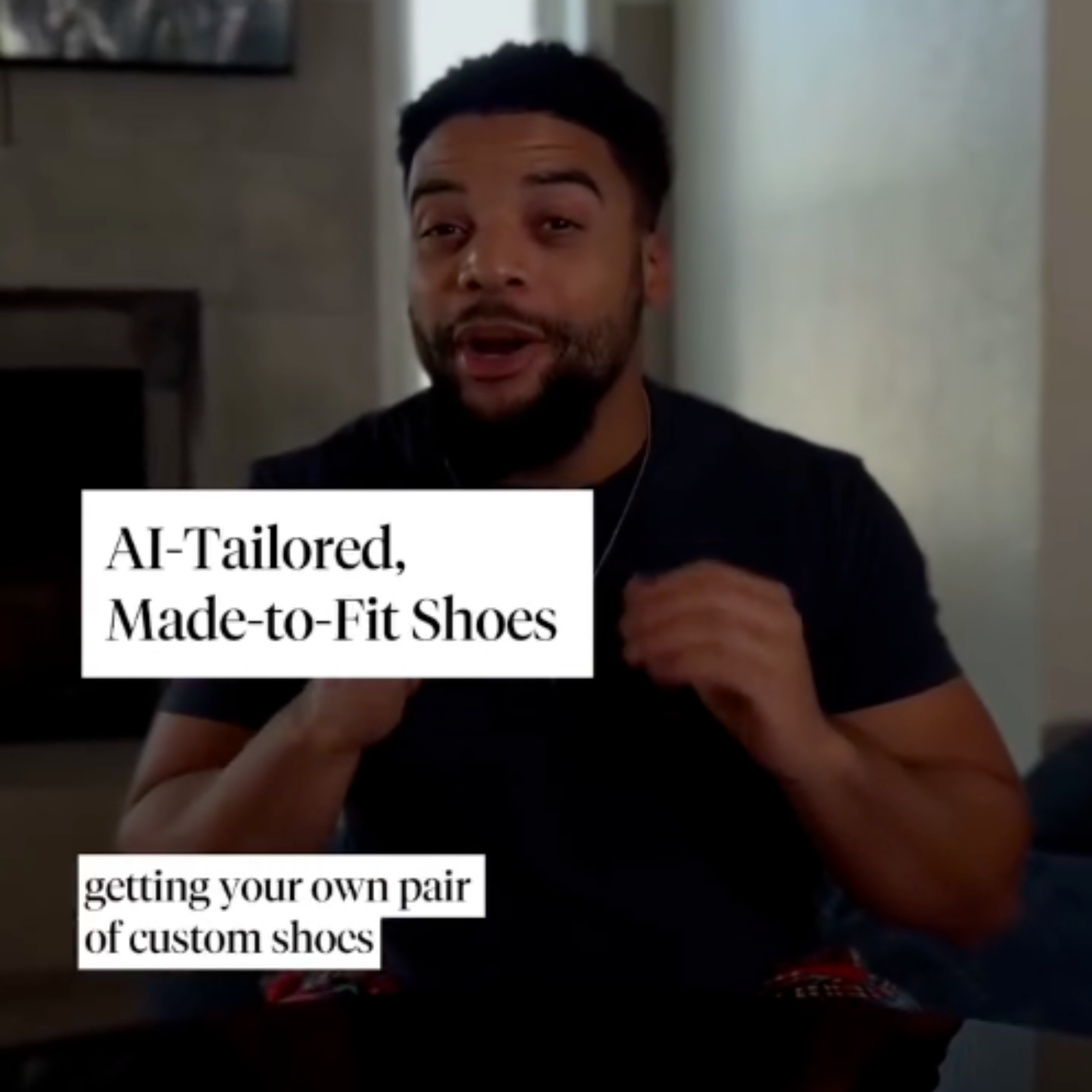
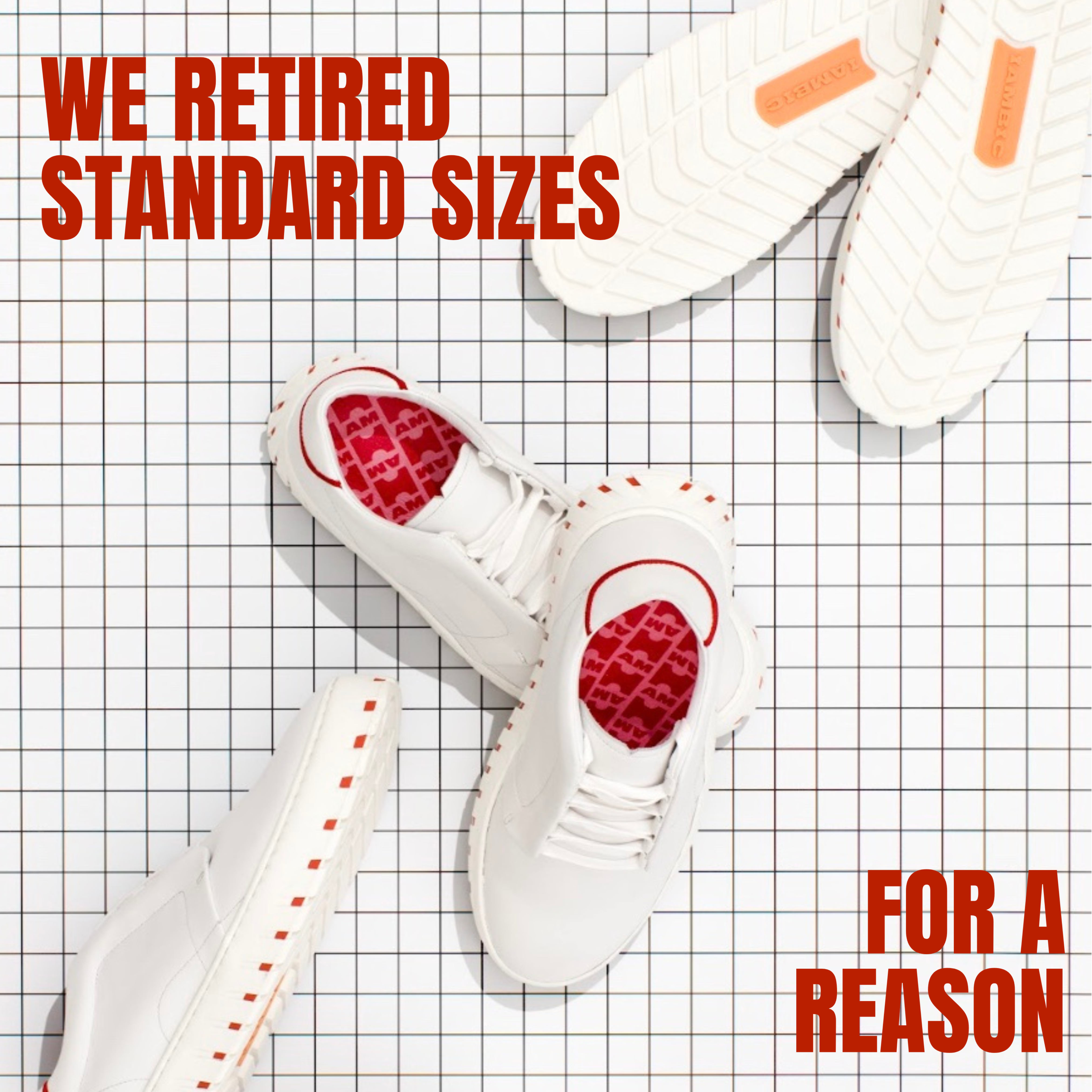
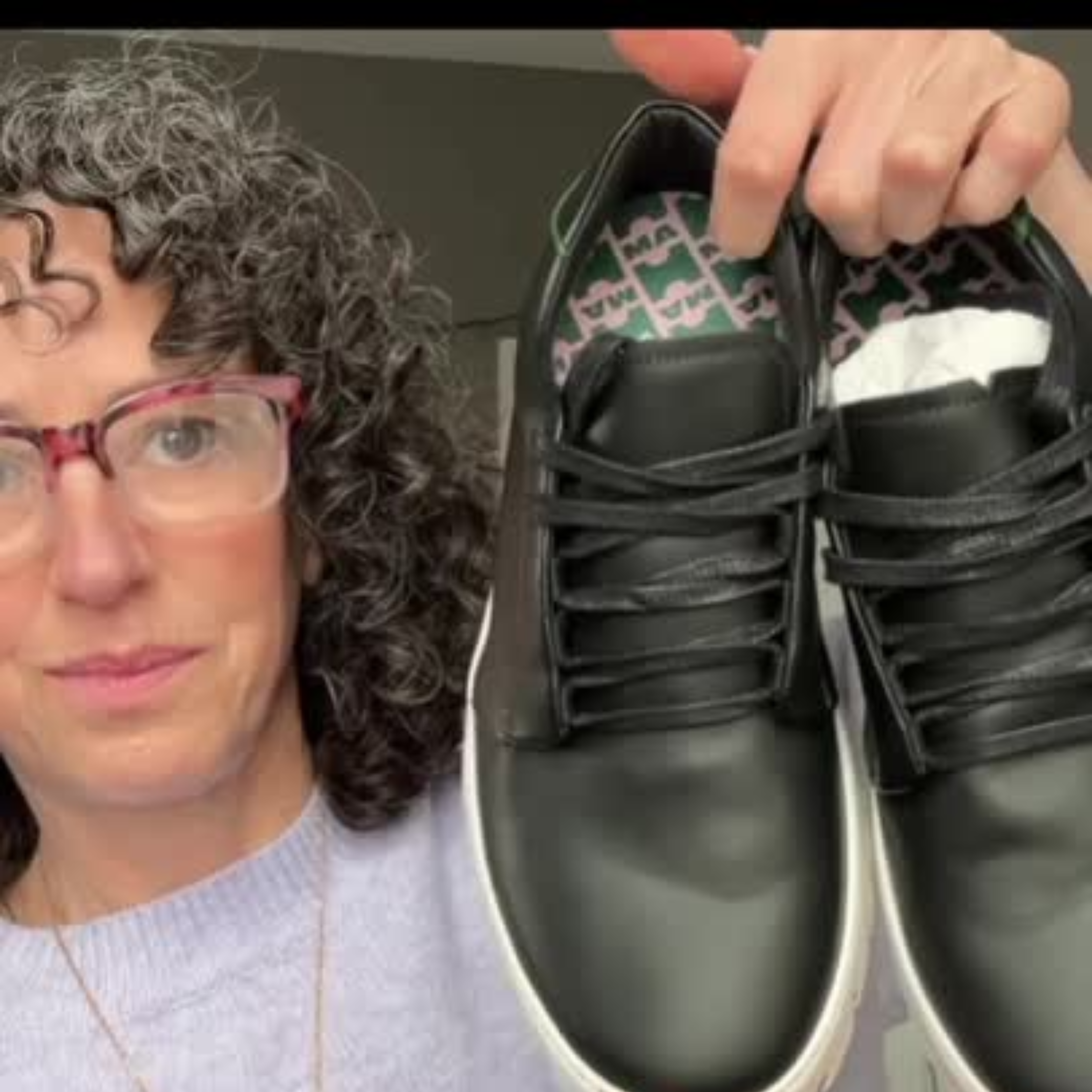

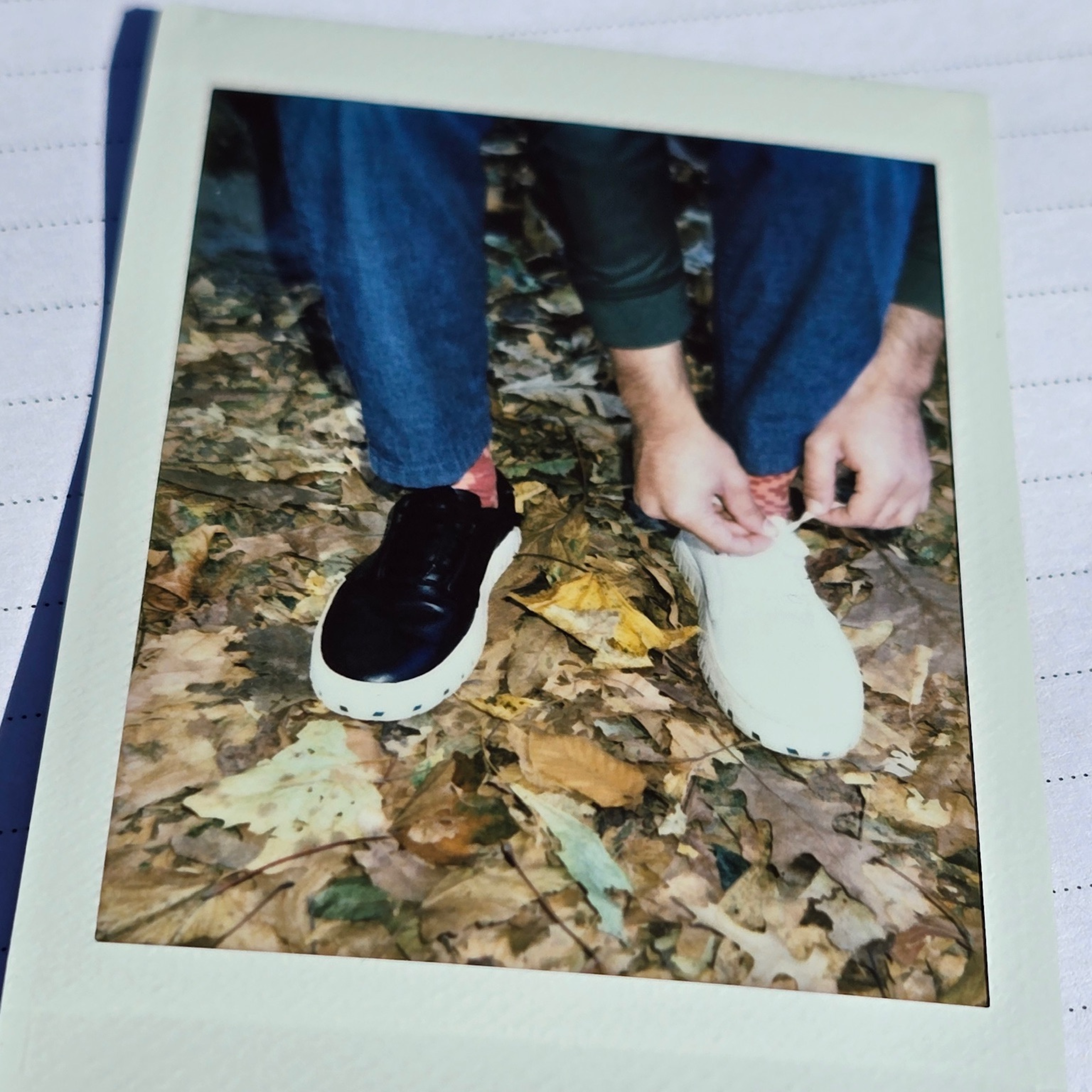
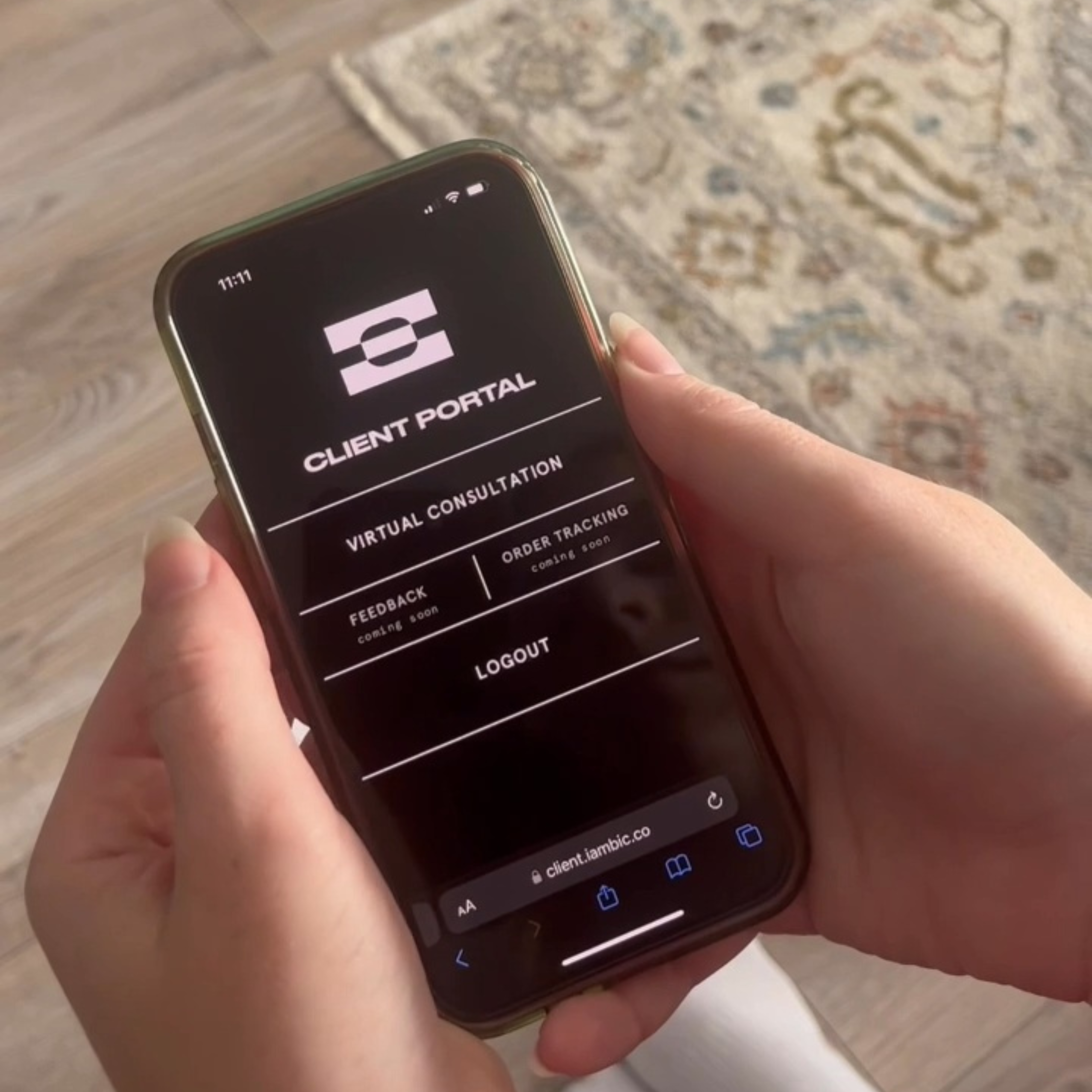
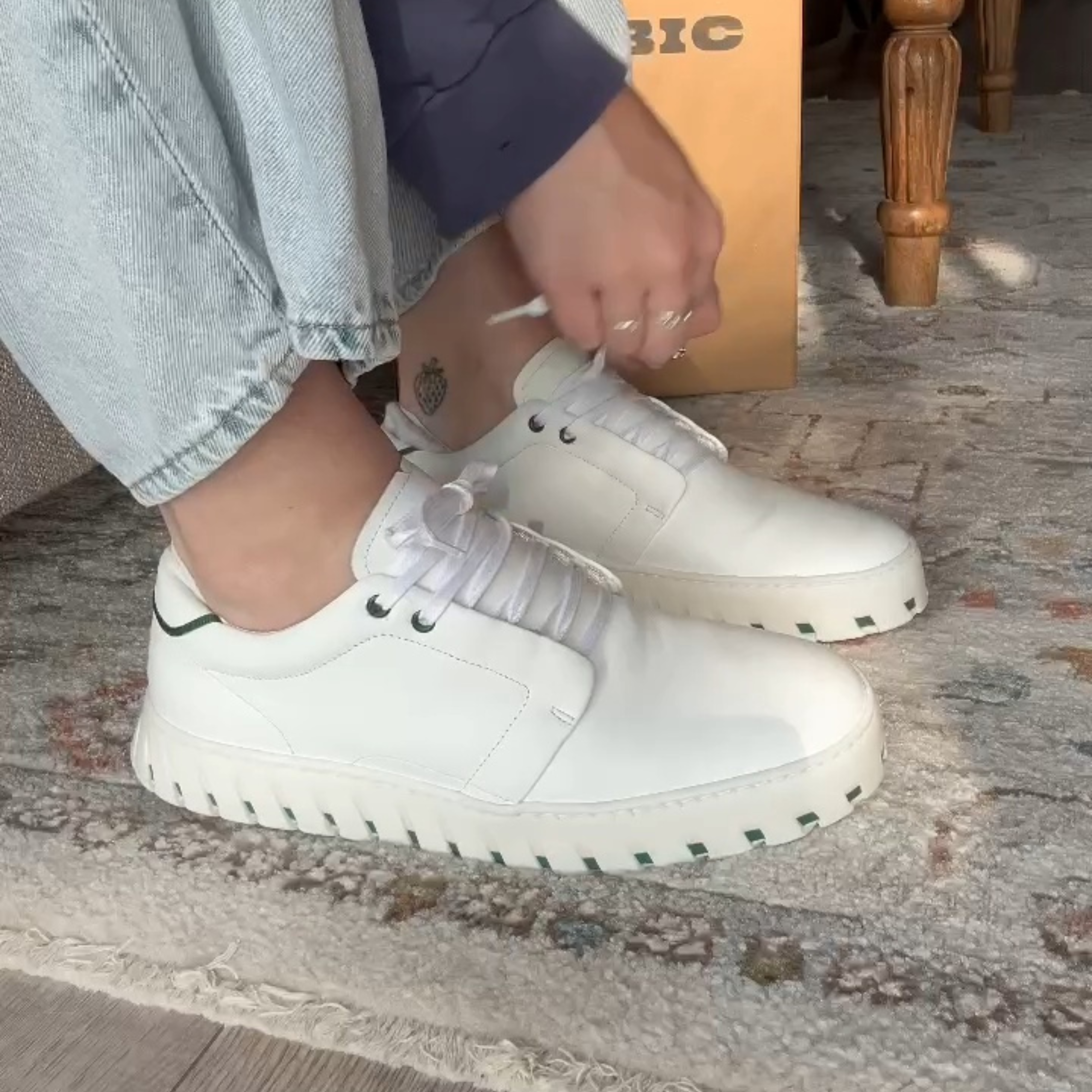
The most interesting thing about them being crafted just for me is how well they fit. And I had never even noticed that my shoes didn't fit right. My other shoes don't hurt me - they just slosh around. With these, the heels actually stay on the whole time and it fits snugly yet still comfortably. And I'd never experienced that before. They just stay comfortable all day.
As a runner, as an athlete, just knowing that I'm doing a good service to my body is incredible. It’s the reason that I love my IAMBIC shoes. It's that precision that makes me feel safe to walk down the street, get on the subway, do my commute, bring my kids to school, and not feel concerned that I'm doing it in a shoe that doesn't fit right or that doesn't feel good.
The thing that I was surprised by the most with the precision fit is that any pressure points thatI had been feeling with the shoes that I previously came in wearing were completely gone. I was wearing a shoe that wasn't too tight. It wasn't too loose. The sole fit just right. Total comfort.That's the best way to put it.
So I suffer from chronic foot pain and I believe that a lot of that has to do with wearing shoes that actually don't fit. Whenever I wear my IAMBICs, I've noticed that I have felt less pain, which is really incredible. And they're just so comfortable. I'm not worried about the back of my heel popping out or my ankles not having enough support. Also, they're just so stylish and every time I wear them out in the street, I always get compliments, which never happens to me.
A shoe that may feel comfortable for a half hour walk is not a shoe that always feels comfort able for a three and a half hour walk. So what I like about IAMBIC is, even though the snug fit is there and it feels comfortable, it also feels substantial enough that I can walk a lot without getting any discomfort. That's just something that's especially important to me and I think the shoe has really delivered that.
The first moment that I tried on my IAMBIC shoes, I noticed a difference. I have small feet. So whenever I try on shoes, I usually expect them to not fit. If they do fit, there's usually some sort of discomfort, whether that's in the toe box or too much space or at the heel. So knowing that this shoe was tailored to my foot was really meaningful. It's rare that you find a shoe like IAMBIC that truly is comfortable, but also hits the markers of style versatility.
I think we're all placed on this earth as unique individuals. None of us are really off the rack in terms of sizing. So for me to have that experience of having something made specifically for me that fit perfectly was something that was a little bit mind blowing. And once I got the shoes, I tried them on, they looked great, they felt great. And honestly, they fit like a glove.